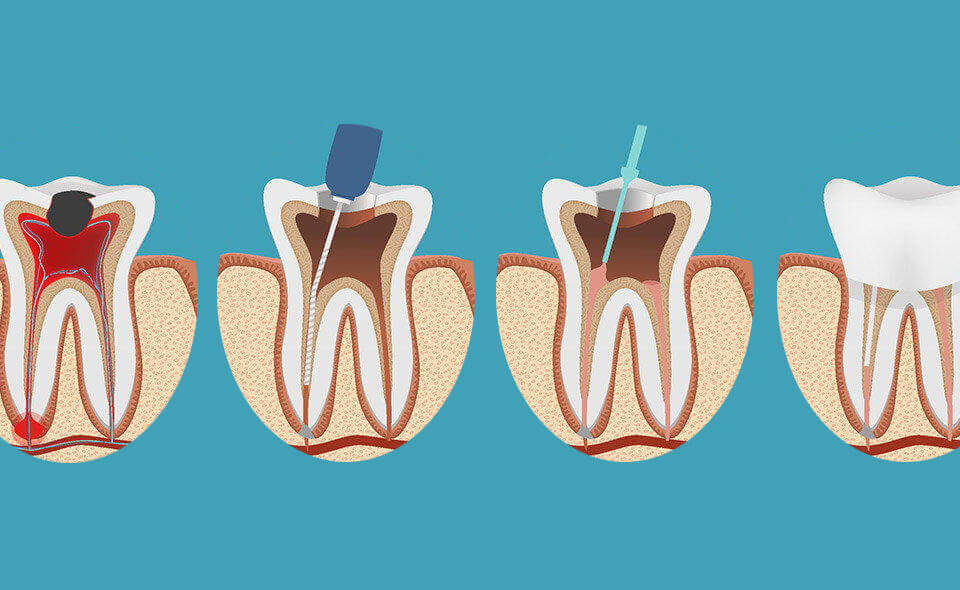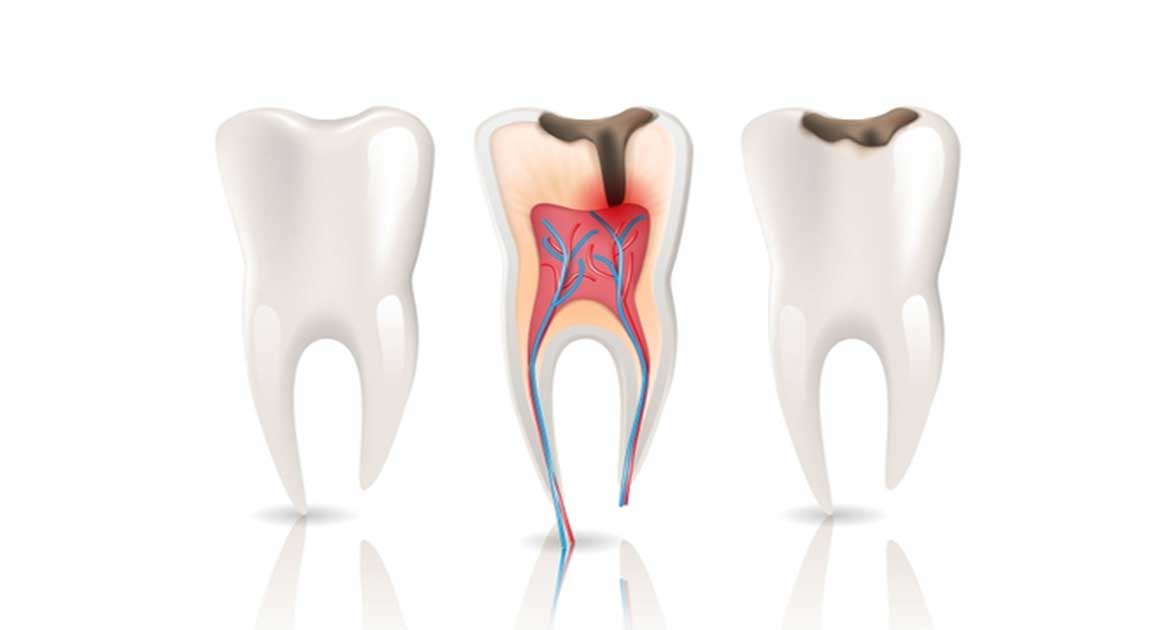Root canal treatment is a treatment method for the repair and renewal of decayed teeth progressing towards tooth loss. There are a few stages of this treatment to restore the tooth to its previous use. During the canal treatment, the tooth nerves are removed with the pulp in the hard tissue of the tooth and the inside of the tooth is cleaned. Then, the process is completed by filling the inside of the tooth.
In root canal treatment, it is very important to remove the nerves of the tooth and adjustment of the tooth height. If the treatment is not done correctly, tooth loss occurs and the teeth next to it are also damaged. Shelled and hard foods should be avoided after canal treatment. Daily dental care should not be disrupted and dental health should be given importance.














